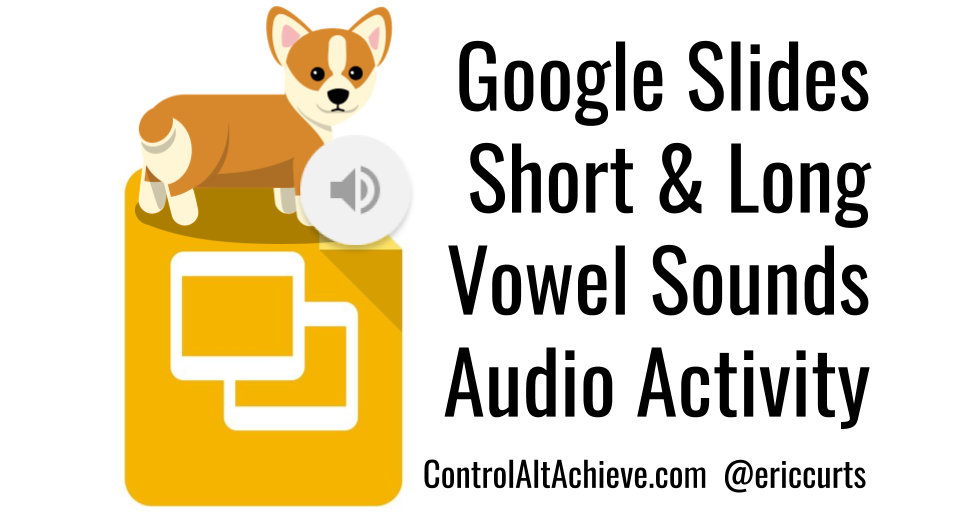**Remember:**
Don't feel like you need to tackle any of this alone!
Contact me any time for an in-class demonstration/co-teaching opportunity and I can be right there with you every step of the way!
Chromebook Visual Directions
Print and display the visual directions at right throughout your classroom for students to reference as needed while using Chromebooks.
Want to make a change to the instructions? No worries! Email me and let me know what you need and I can edit the document to fit your specific classroom needs. :)
Windows 10 Logout Visual Directions
Print and display the visual directions at left near your classroom desktops for students to reference as needed.
Computers not on Windows 10? No worries! Email me and let me know what OS you're on and I can edit the document to fit your specific classroom needs. :)
Hour of Code Activities
This Hour of Code lesson was developed for a kindergarten class, but will also work for any student just getting started with coding concepts.
Interested in something like this for your students? Reach out any time!!
Visual Directions for Accessing Google Tools
Logging into Compass
These visual directions show the school code for Roby Elementary. Please note that if you're not at Roby, your students will need to substitute your school's code instead.
Interested in something like this for your students? Reach out any time!!
Great iPad Resources and Apps
The ideas below have been compiled from so many different educational rock stars!
-- Sailing into 2nd -- and more!
Free Resources from Sailing into Second
Aris' resources linked at left include lots of printables to help with the login process as well as information about introducing technology to students at the beginning of the year (including items to cover with digital citizenship, technology expectations, and "technology licenses" for students).
Computer Login Ideas
When creating login cards for your students, color code the rows on the keyboard to lessen "seek and find" time for students. The colors on the rows of the keyboard will coordinate to the colors of the letters on their login cards.
See an example from Christine Pinto here ----->
Click here to use a copy of her login card template*.
*For tips on how to edit this template to fit your specific needs, read her blog post here.
Introducing Google Tools to Littles
These introductory activities are great for covering Google App basics so you can use these tools with your students throughout the year.
Click to see Christine's GAFE Intro Activities Presentation with links to more information and pre-made templates!
Using Google Sheets with Littles
Link to Christine's Sheets Presentation, which includes lots of pictures and links to all kinds of pre-made templates you can use!
#BelieveTheyCan
In addition to her wonderful blog and free resources, Christine also has her own Book: Google Apps for Littles.
Check it out on Amazon at this link!
The Following Ideas Come From Dana Dowdy
Dana is a Kindergarten teacher in Graves County. Here is a link to her presentation "Tackling Tech with Small Scholars" that she presented at the MSU Summit, Summer 2019.
Your "One-Stop Shop":
Google Classroom
You can use Google Classroom to post links to resources for your students. This way, they still get some choice, but you know they are on activities and sites appropriate to them.
Start using Google Classroom during small group time. Post simple assignments and grow throughout the year.
Expand Your Classroom Using Google Meet
Use Google Meet/Hangouts to connect with learners throughout the world. Many educators on Twitter** would love to collaborate with you!
**Side Note: If you're not using Twitter to follow other educational rock stars, it's a literal GOLD MINE of ideas!
Then, you can use Google Earth (street view) to see your collaborators' schools, cities, etc. You could also pin locations “visited” on a physical map in your classroom and connect with these classes/teachers on social media to stay in touch.
Use Tech to Practice Reading Fluency with FlipGrid
It's tough (near impossible) to listen to all your littles practice their reading at once. Use FlipGrid and have students record themselves reading (books, sentences, sight words, etc.) so that you can listen back at any time!
This is also a great tool for running records and for showcasing student growth over time. You can share FlipGrid videos with families, other teachers, administrators, and more!
Combine Coding and Content with Bee Bots
Bee Bots are extremely simple robots that students program to reach a specific destination. Typically Bee Bots are used with mats (see example images below), which available for purchase OR you can make your own mats for different content. Students would be tasked with landing their Bee Bot on a specific space; example: "Program your Bee Bot to end on the space with the word 'see'." There is also a Bee Bots App available for tablets/mobile devices.
Check out Bee Bots on Amazon by clicking this link.
Bee Bot Example Mat Ideas:
Letters/Sounds Mat:
2D Shapes Mat:
Sight Words Mat:
Create Simple Hyperdocs to Increase Independence
Check out Dana's sample Hyperdoc on the Three R's.
These Slides walk students step-by-step through several simple activities - watching videos, listening to songs, linking them to FlipGrid so they can reflect and respond to a prompt, etc.
The simple design makes it easy for even the youngest students to follow along!
20 Ideas from J. Matt Miller of "Ditch That Textbook"
Eric Curts gives some great ideas and simple activities (with pre-made templates!) designed just for primary students in this blog post on his website Control Alt Achieve.
Check out all 19 activities by clicking the link in the paragraph above or on either of the photos in this section.
